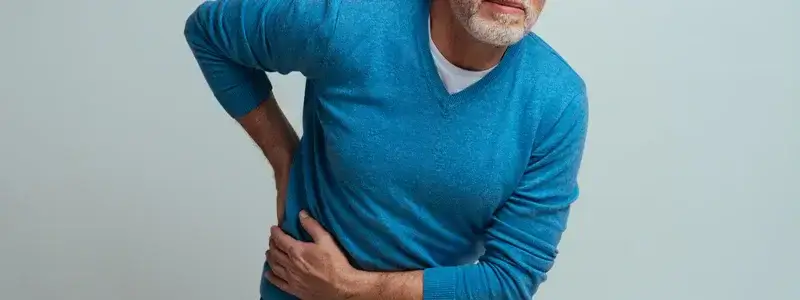Urinary system stone disease is the most common disease of the urinary system, which is common in the world, and is observed at a rate of 1-20% in industrial societies. Although it is seen everywhere in the world and in every climate, it occurs more frequently in hot regions and seasons. The increase in water loss with sweating, thus decreasing the amount of urine and increasing the urine concentration, are responsible for the easier precipitation of dissolved substances in the urine. Urinary system stone disease is most common between the ages of 30-60. It is three times more common in men than in women. The lifetime risk of stone formation in adult men is accepted as 20%, and this rate is between 5-10% in women. The risk of stone formation in a person with stone disease has been reported to be more than 50% within 5 years.
In recent years, open surgery has been used very little in the treatment of stone diseases, on the contrary, closed endoscopic techniques are used much more. Today, the stones in the kidney or the stones in the canal we call the ureter can be treated with endoscopic methods, regardless of size, wherever they are anatomically.
A laser is a highly focused beam of light of a specific wavelength. It is widely used in urology. The laser used for stone breaking is the holmium laser and its wavelength is 2100 nm.
With the laser, every existing kidney stone can be broken. According to the structure of the stone, hard stones break in a longer time and soft stones in a shorter time.
This method is called flexible ureterorenoscopy. It is a special technique that has been widespread in urology for 4-5 years. It requires a serious amount of experience, and there is a need for device infrastructure. Here, the stones are broken with a completely closed method without making any incisions on the patient and without opening any holes in the body. With a special lighted instrument (ureteroscope) coming from the urinary canal, it is reached up to the kidney. With the ureteroscope, the stone is found and displayed. Thanks to the laser fibers passing through this tool, the stones are broken. After the crushing process, the stones become completely sand. The patient pours the stones in the form of sand painlessly. Relatively larger stone pieces (around 0.5-1 mm) can be caught and taken out with tools we call baskets. A wire with both ends bent (d-j stent) is placed in the kidney to avoid pain when the stones are poured. This wire stays in the body for an average of 10-15 days. Then, the stent is removed after making sure that all the stones have been poured by checking the doctor.



















